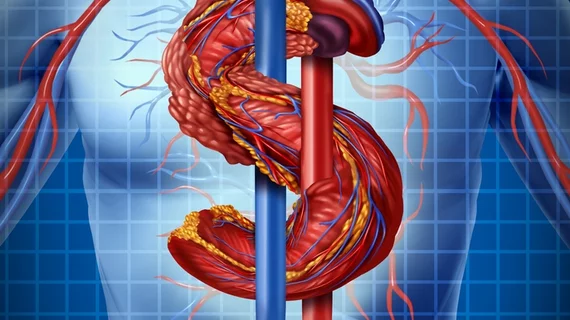Revascularization techniques to treat primary critical limb ischemia (CLI) may be more cost-effective and associated with longer survival than primary major amputation, according to new research published in the Journal of the American Heart Association.
“Patients with CLI often present with multilevel peripheral artery disease (PAD) that prevents the arterial supply from meeting the metabolic demands of tissue at rest,” wrote lead author Jihad Mustapha, MD, of the Advanced Cardiac & Vascular Amputation Prevention Centers in Grand Rapids, Michigan, and colleagues. “Prompt revascularization by endovascular or open surgical procedures is indicated following the diagnosis of CLI diagnosis to preserve the limb and maintain limb function. However, management of CLI remains highly controversial, particularly when selecting an initial revascularization strategy.”
Mustapha and colleagues sought to investigate the long-term outcomes and costs associated with treating primary CLI. They examined Medicare records of more than 72,000 patients diagnosed with primary CLI from 2010 to 2015.
The main clinical outcomes were survival and major amputation over the four years of study and the researchers assessed endovascular revascularization, surgical revascularization and major amputation.
“Compared with each revascularization approach, primary major amputation is associated with shorter survival time, higher risk of subsequent major amputation and higher healthcare costs,” the researchers wrote.
The researchers found survival rates were 38 percent with endovascular revascularization and 40 percent with surgical revascularization. Patients who underwent major amputationonly had a 23 percent chance of survival.
Major amputation rates at follow-up were 6.5 percent for endovascular revascularization, 9.6 percent for surgical revascularization and 10.6 for primary major amputation.
When the researchers reviewed costs associated with each treatment, they found surgical revascularization was the most cost-effective treatment at $49,200, then endovascular revascularization at $49,700 and amputation was $55,700.
“Considerable efforts are needed to raise disease awareness, implement coding to better define and identify the disease, refine diagnostic algorithms, establish evidence-based treatment pathways, and address the high mortality rates associated with this diagnosis,” the researchers concluded.

